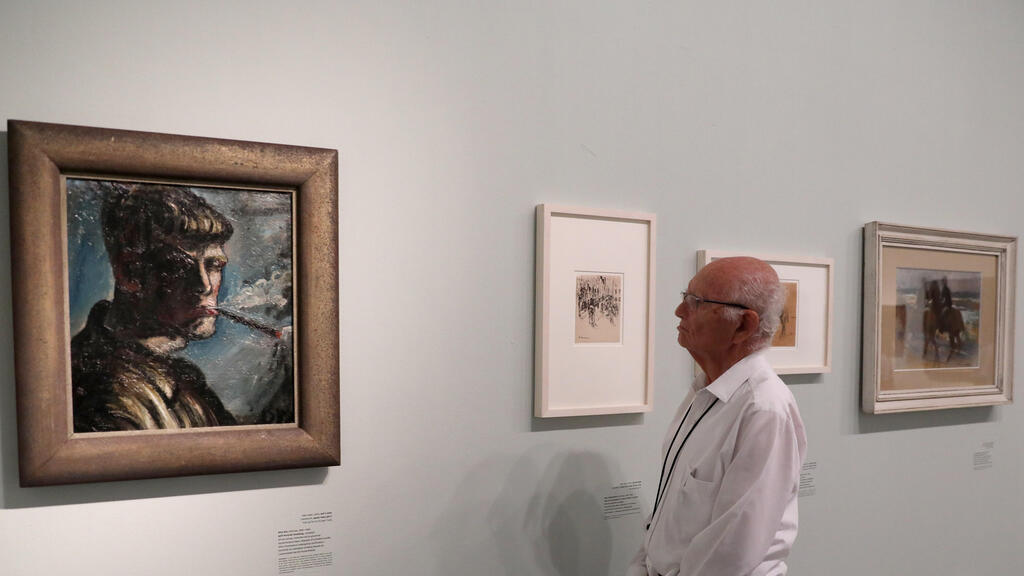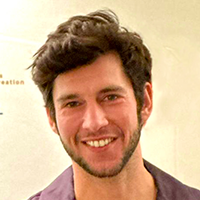A surge of complex legal cases has unfolded in New York's courts following legislation aimed at recovering art looted during the Nazi era. This legal shift has led to initiatives such as the University of Denver's program, which offers certificate studies focused on restoring looted cultural artifacts.
More stories:
On a global scale, the Nazi-Era Art Provenance Research training program is the world's first and only academic endeavor of its kind, concentrating on identifying, recovering and restoring artworks seized by the Nazis. Notable cases, including the legal dispute involving the Birds' Head Haggadah and heirs of Holocaust survivors against the Guggenheim Museum over Picasso's "Woman Ironing," underscore the gravity of these restoration initiatives.
1 View gallery


Nazi-looted art from the collection of Cornelius Gurlitt on display at the Israel Museum in Jerusalem in 2019
(Photo: EPA)
The mass looting of around 600,000 cultural objects by the Nazis during their systematic control of Europe represents the most extensive displacement of art in human history.
The program is committed to equipping participants with specialized expertise essential for navigating this intricate field. This pioneering initiative aims to cultivate a new generation of professionals dedicated to addressing historical injustices by unraveling the narratives interwoven with art plundered during the Nazi era.
For example, the course teaches about a key clue in identifying looted Jewish art: the Nazis would give artists new names like "Israel" and "Sara" if their original names didn't sound Jewish enough. This renaming was a deliberate move to distinguish and subsequently possess the artworks. Students also discover indicators such as valuable artworks being sold for much less than their true value, pointing to possible coercion of Jewish owners during sales.
The program runs hybrid, blending online and on-campus classes. It encompasses workshops on provenance writing narratives, guidance on using diverse databases to trace family histories, and case studies on museums' handling of real pieces in their collections.
Past participants have come from varied backgrounds, including art market experts, museum personnel, and doctoral candidates. Typically comprising about 20 students per cohort, they are supposed to leave the program with skills to decode the puzzles embedded within these stolen artworks, unresolved for decades.
A certificate is awarded upon completion of the program. Priced at $1,500, applications are accepted on a rolling basis starting from March. The week-long program, which takes place in mid-June, engages participants in full-day activities, commencing upon their arrival for campus apartment check-in.
Steering the program is Elizabeth Campbell, an associate history professor, and the director of the university's Center for Art Collection Ethics. Notable for her research, Campbell's earlier work examined the actions of the Vichy regime following the Nazi looting of Jewish art collections during World War II. Her recent study contrasts restitution practices for plundered art across three European nations.
Campbell initiated the Center for Art Collection Ethics in 2017, recognizing the absence of specialized certificate programs focused on Nazi-era provenance research — the investigation into an object's ownership history from its creation to the present day. She noted that museums tend to react to crises and claims but have not yet reached a point where this research is systematically carried out.
Provenance research has gained traction in the art world, prompting museums to reevaluate collection-building methodologies, emphasizing clear ownership histories. A pivotal moment in addressing Nazi-era art occurred in 1998 when representatives from 44 governments endorsed the "Washington Principles," aiming to aid heirs of Jewish collectors in reclaiming art looted during World War II. European nations have made significant strides since then, forming national commissions to research artworks in public collections, facilitating restitution avenues.
Similarly, New York became the first in the United States to pass a law mandating institutions to label works stolen by the Nazis. The American Alliance of Museums has played a role as well by creating a comprehensive database detailing nearly 30,000 objects in U.S. museum collections that changed hands in Europe during the Nazi era.
As legal proceedings in New York and around the world navigate the complexities of restitution, the University of Denver's program underscores the vital role of education in weaving historical narratives, one artwork at a time.


